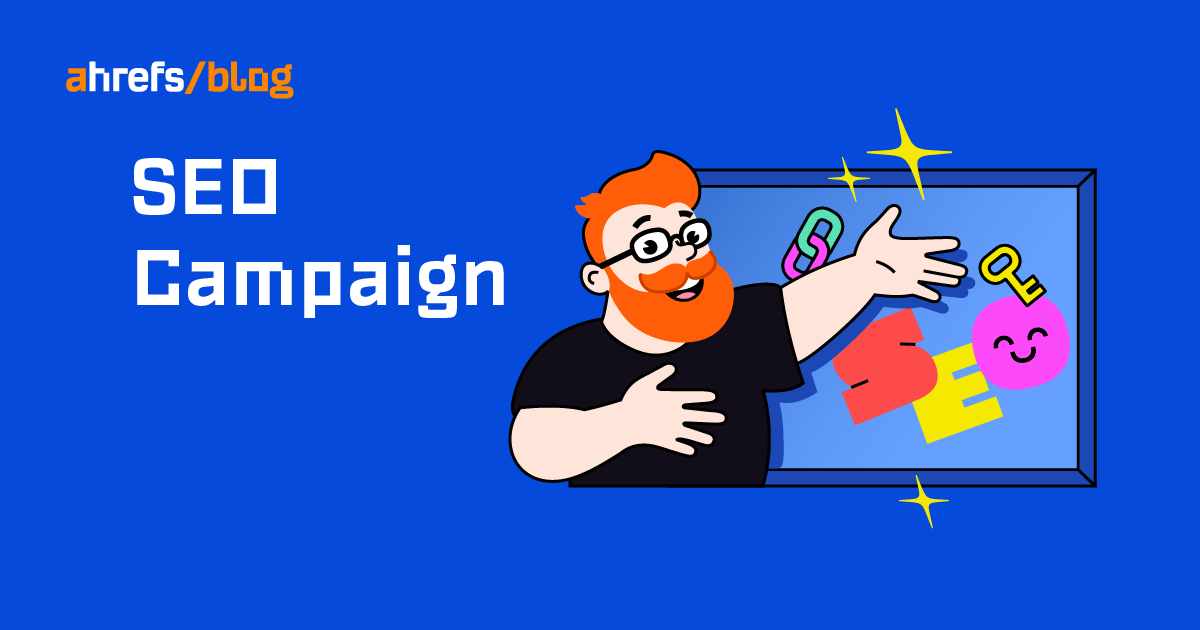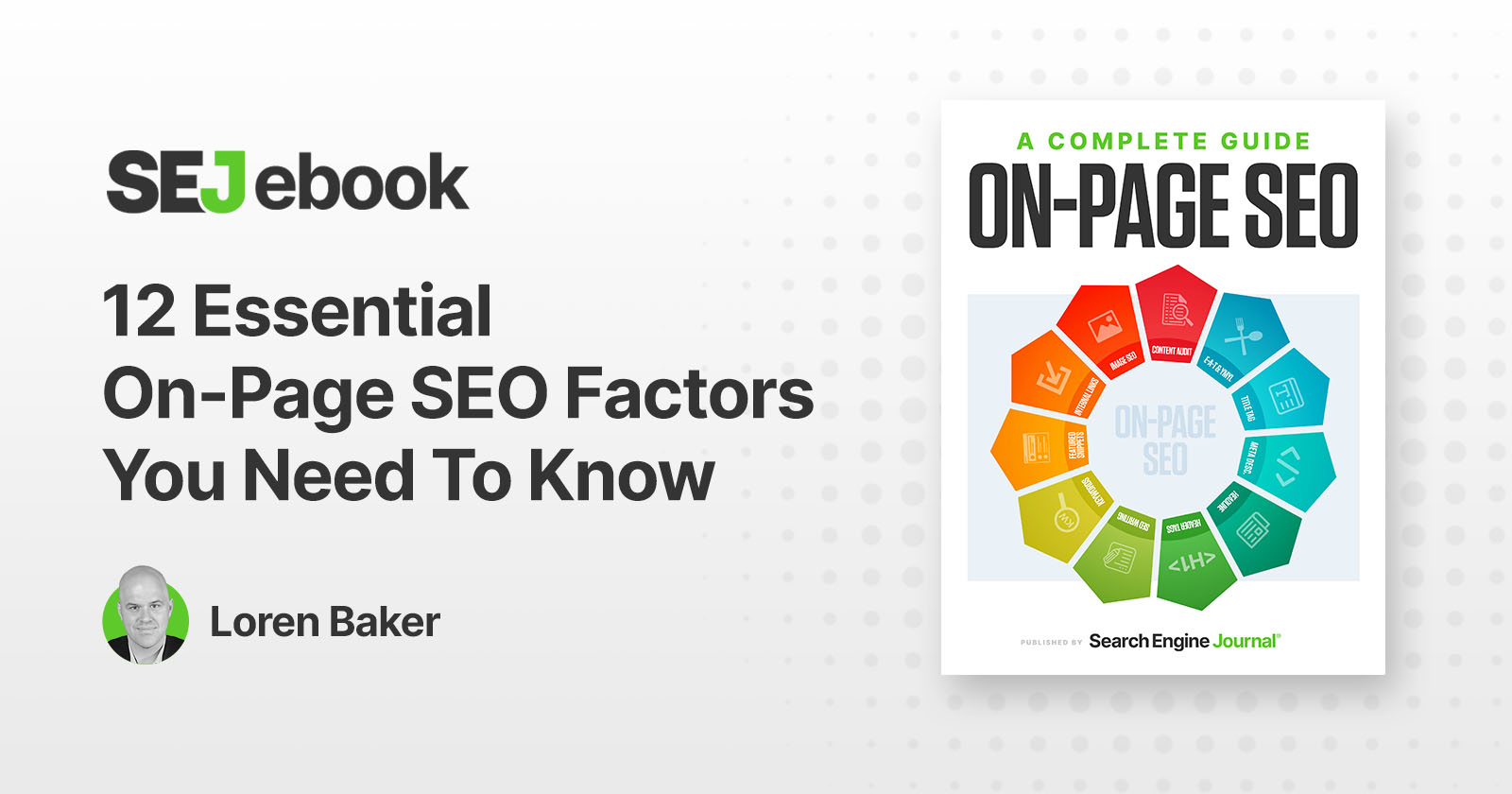10 Major SEO Mistakes (And How to Avoid Them)
If you are, you should be aware. These are big mistakes—ones that could affect your chances of ranking higher on the search engines. Continue reading to find out if they apply to your SEO and learn how to avoid...
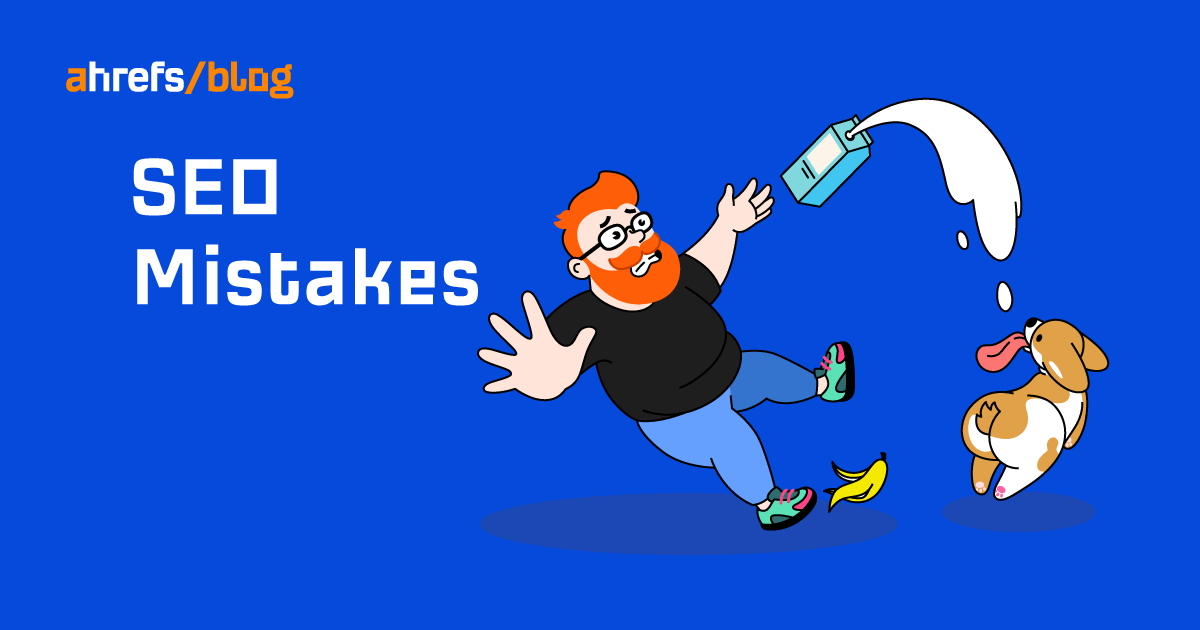
Are you making these SEO mistakes? If you are, you should be aware. These are big mistakes—ones that could affect your chances of ranking higher on the search engines. Continue reading to find out if they apply to your SEO and learn how to avoid them: Many website owners randomly create content and think they’ll get search traffic. But if nobody’s searching for those topics, then they won’t be clicking through to any pages. Translation: zero search traffic. That’s likely one of the reasons why 90.63% of pages get no traffic from Google, according to our study. Meaning, if you want search traffic, your content needs to be about topics people are searching for. How do you find these topics? Keyword research. Keyword research is the process of understanding the language your target customers use when searching for your products, services, and content. It is the only way to figure out what people are typing into search engines so that you can create content around it. Before you publish any page (for search traffic), make sure the page targets a keyword with search traffic potential. Here’s how to find these keywords: Here, there are more than 4 million potential keywords you can target. Look through the list and pick out keywords that are relevant and have traffic potential (look at the TP column). If you’re looking for informational keywords you can create blog posts around, click the Questions tab: Recommended reading: Keyword Research: The Beginner’s Guide by Ahrefs Google’s goal is to provide users with the most relevant result for every query. That means if you want to rank high on Google, you need to be the most relevant result for the query. In actionable terms, it means your content needs to align with search intent. Search intent is the why behind a search query. In other words, why did the person do this search? Here’s an example. If we look for “best frying pans” on Google, we’ll see the results are mostly blog posts about the best frying pans: Google knows that users searching for this query are looking to compare, not buy. So if you’re an e-commerce store that sells frying pans, Google will likely not rank your category page for this query—simply because it’s not what users want. Before you create any content, make sure you’re aligning with search intent. And since no one understands search intent better than Google, the best starting point is to analyze the current top-ranking results for the three Cs of search intent: Content types usually fall into one of five buckets: blog post, product, category, landing page, or video. For example, the top-ranking pages for “nike air jordans” are all category pages: Searchers are in buying mode. If you want to rank for this keyword, it’s likely you’ll have to follow suit—create a category page. Content format applies mostly to blog posts, as they’re usually how-tos, listicles, news articles, opinion pieces, or reviews. For example, the top-ranking pages for the topic “kettlebell swing” are mostly how-to guides: Content angle refers to the main “selling point” of the content. For example, people searching for “how to make fried rice” seem to want the cooking process to be easy: Recommended reading: Searcher Intent: The Overlooked ‘Ranking Factor’ You Should Be Optimizing For An SEO joke goes like this: “The best place to hide a dead body is on page 2 of Google.” Hidden within the joke is a kernel of truth—no one clicks beyond the first page of Google. That means for every keyword you want to target, there are only 10 spots for you to grab. (That number is even smaller these days, with Google introducing all kinds of SERP features.) The situation is ultra-competitive. Not for every keyword, though. Of course, some keywords are highly desirable, so every website in those relevant niches wants to rank for the keywords. To rank well here, you really need to compete hard, which usually means you need tons of resources. Other keywords are less competitive, so it’s easier to rank for them. The mistake is thinking you can simply rank for a keyword without considering the competition. Now, I’m not saying you should avoid targeting a keyword because it’s competitive. If a keyword is important to your website and makes you money, you should target it. But build up to those competitive keywords gradually. Start by prioritizing those keywords that are less competitive and you can rank for with your skills and resources. As you’re looking for keywords in Keywords Explorer, you can filter them by Keyword Difficulty (KD). KD is an SEO metric that estimates how hard it is to rank on the first page of Google for a given keyword. It is measured on a scale from 0 to 100, with the latter being the hardest to rank for. Which KD range should you set? The correct answer is it depends on many factors: the authority of your website, your ability to build backlinks, and more. However, a good exercise you can consider is to look up the KD scores of the keywords that your website is already ranking for. You can do this by entering your website into Ahrefs’ Site Explorer and visiting the Organic keywords report: This will give you a nice benchmark. But bear in mind this is just an estimate. It is no substitute for an actual study of the top-ranking pages and factoring in your own SEO skills and available resources. Recommended reading: Keyword Difficulty: How to Estimate Your Chances to Rank Links are an important Google ranking factor. Google’s Andrey Lipattsev confirmed it himself: So, if you find that your pages are not ranking as high as you like, a key reason can simply be that you don’t have enough links. For example, at Ahrefs, we would like to rank for the keyword “seo.” But if you look at the top-ranking pages for that keyword, they have tons (emphasis on tons) of backlinks. As of right now, our page simply doesn’t have enough: Reach out to people who may be interested in your content and persuade them to link to you. Here’s how you can find these people: For example, if we search for “french press,” you’ll see around 590,000 pages you can target. That’s probably too many pages to look through, so let’s add a few filters to narrow the results down: This reduces the number of pages to ~16,000 of the best ones. If this number is still too daunting for you, then you can always play around with the filters until you get a number you’re comfortable with. When you have a list you’re satisfied with, go through each page and see if your article can add value as a resource. If the answer is yes, reach out to the writer or website owner and see if you can persuade them to link to your article. Recommended reading: Blogger Outreach: How to Do It At Scale (Without Feeling Like a Jerk) You understand that links are important, so you’re actively building them. But along the way, you discover that some people ask for something in return for linking to your content. You know that buying backlinks is a no-no. But what about giving them something else in return, such as a reciprocal backlink or even one of your products? If it’s not cold, hard cash, it should be fine… right? After all, it’s kind of like giving away a free product to an influencer, hoping that they will give your brand a shout-out on their socials. Right? Unfortunately, no. According to Google’s Webmaster Guidelines, link schemes include: So even if you’re not handing over fiat, it’s against Google’s Terms of Service—and you may get your site penalized. Promiscuous websites that readily exchange something in return for a link will usually leave a detectable footprint, which will sooner or later get picked up by Google and lead to a “link selling” penalty. Simply put: Don’t offer payments or products when you’re doing your outreach. Internal links are important. Why? Yet, given all of these benefits, internal links are more often than not never prioritized. That’s a major mistake. Each time you publish a new page or post, do a site: search on your website to find other relevant content so that you can add internal links. For example, I recently published a post about how to create a buyer persona. To find potential internal link opportunities, I’ll do a search on our blog: When I click through to our “go-to-market strategy” post, I see there are relevant anchors where I can add internal links: Doing this one by one for every post can be pretty troublesome. So a better way is to run a crawl on your site using Ahrefs’ Site Audit. (It’s free if you sign up for Ahrefs Webmaster Tools.) Once your crawl is done, go to the Link opportunities report. This report will show you relevant internal link opportunities. Go through the list and add internal links where relevant and wherever it feels natural. Recommended reading: Internal Links for SEO: An Actionable Guide If Google can’t crawl your content, it won’t be able to rank the said content. Make sure you’re not blocking Googlebot from crawling your site. Do this check by going to your robots.txt (yourdomain.com/robots.txt) and looking for these two snippets of code: User-agent: Googlebot User-agent: * Both lines of code tell Googlebot it’s not allowed to crawl any pages on your site. To fix the issue, remove them. Recommended reading: Robots.txt and SEO: Everything You Need to Know No matter how hard you try, you can’t win if you’re not in the game. If your site or its pages are not indexed by Google, you can’t rank. That can happen, for example, if you’ve accidentally added a noindex tag on any of your pages. (Or perhaps, you or your developer added the tags during staging and forgot to remove them!) You can use Google Search Console to check whether a specific page is indexed. To do that, paste the URL into the URL Inspection tool. If the page is not indexed, the tool will state: “URL is not on Google.” Alternatively, you can also run a crawl using Ahrefs’ Site Audit (via AWT). If you have pages that are noindexed, that will pop up as an issue: Recommended reading: 10 Ways to Get Google to Index Your Site (That Actually Work) Page speed is a Google ranking factor. So are Core Web Vitals—metrics that are part of Google’s Page Experience signals used to measure user experience. Not only will a slow site affect your Google rankings, but it will also impact your sales. According to Unbounce, nearly 70% of consumers admit that page speed impacts their willingness to buy from an online retailer. Run a website crawl using Site Audit (with AWT), and you can see how fast (or slow) your pages are: You can also use other page speed testing tools like Google’s PageSpeed Insights or GTMetrix. Then follow the guide below to learn the different tactics you can use to improve your page speed. Recommended reading: How to Improve Page Speed From Start to Finish (Advanced Guide) SEO is not simply a matter of fixing the above nine mistakes and calling it a day. Even if you’re ranking in pole position today, there is no guarantee that you’ll be number #1 tomorrow. Ranking high on search engines is a competition. Your competitors will be working hard and investing plenty of resources to knock you off the perch. SEO is an ongoing process. You’ll need to make a consistent effort to rank high and grow your search traffic. That means you need an SEO strategy. Creating an SEO strategy doesn’t have to be complicated. It just has to be a plan you can execute over and over again. As such, we recommend following what we call the “Orchard Strategy.” Here’s the process: Read the post below to learn more about how to execute the strategy: Recommended reading: The Insanely Simple SEO Strategy for 2022 (The Orchard Strategy) You now have an understanding of what major SEO mistakes you could be making and how to avoid them. If you want to dig deeper and continue learning, check out these resources: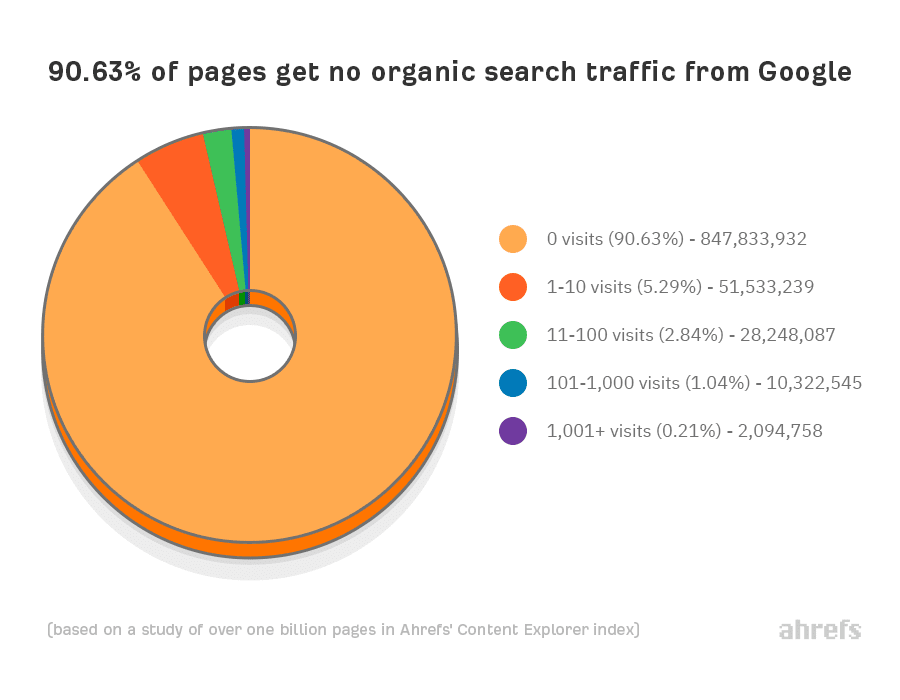
How to avoid this SEO mistake
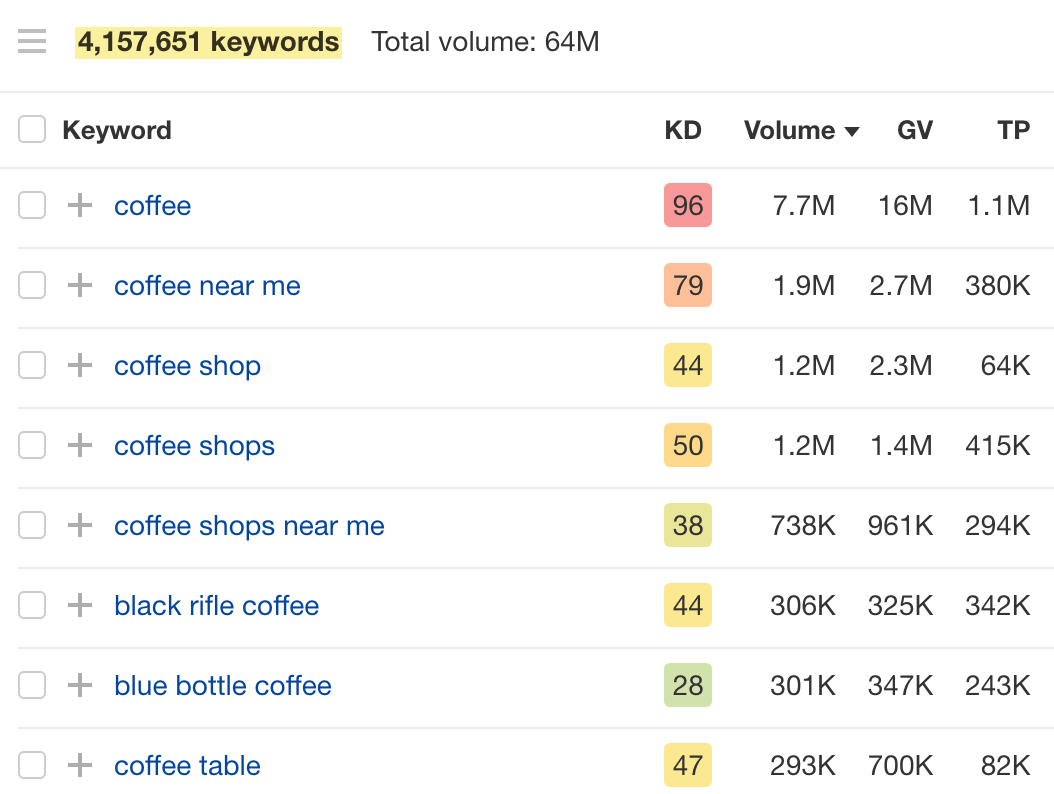
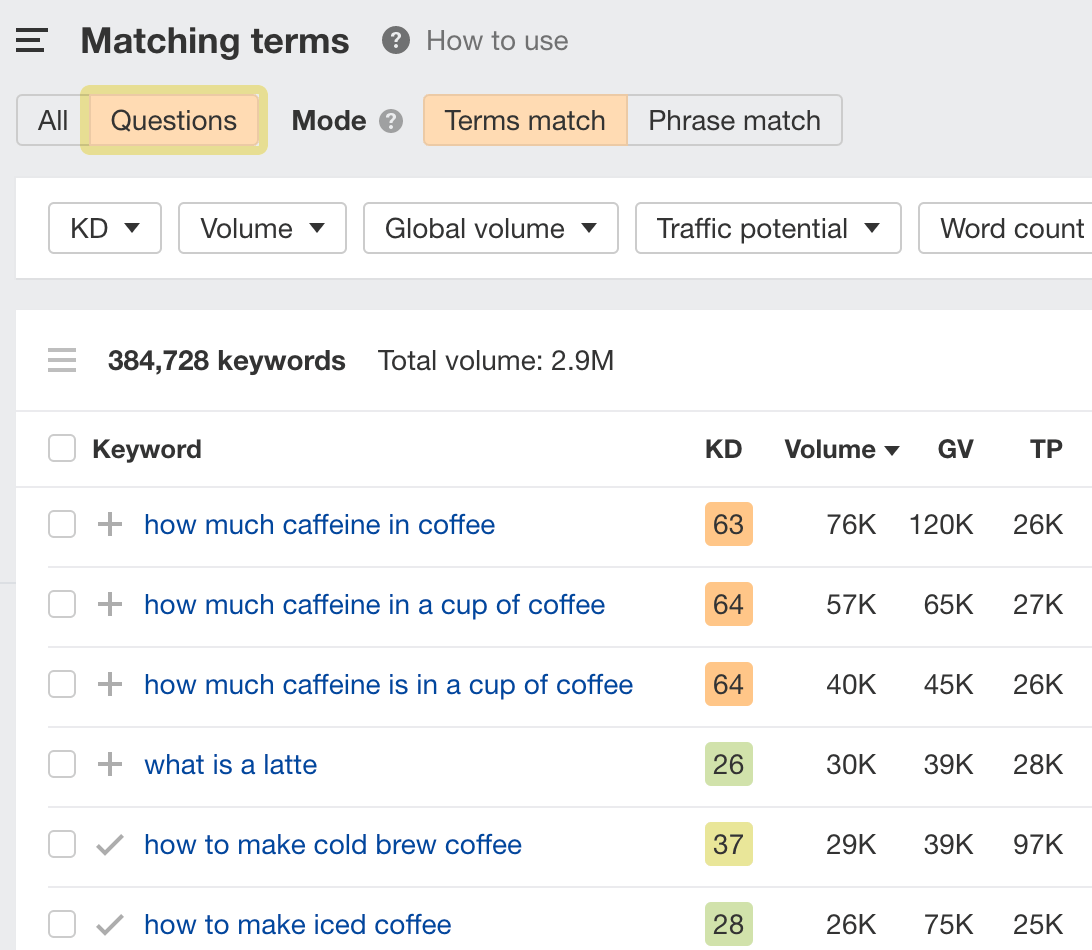
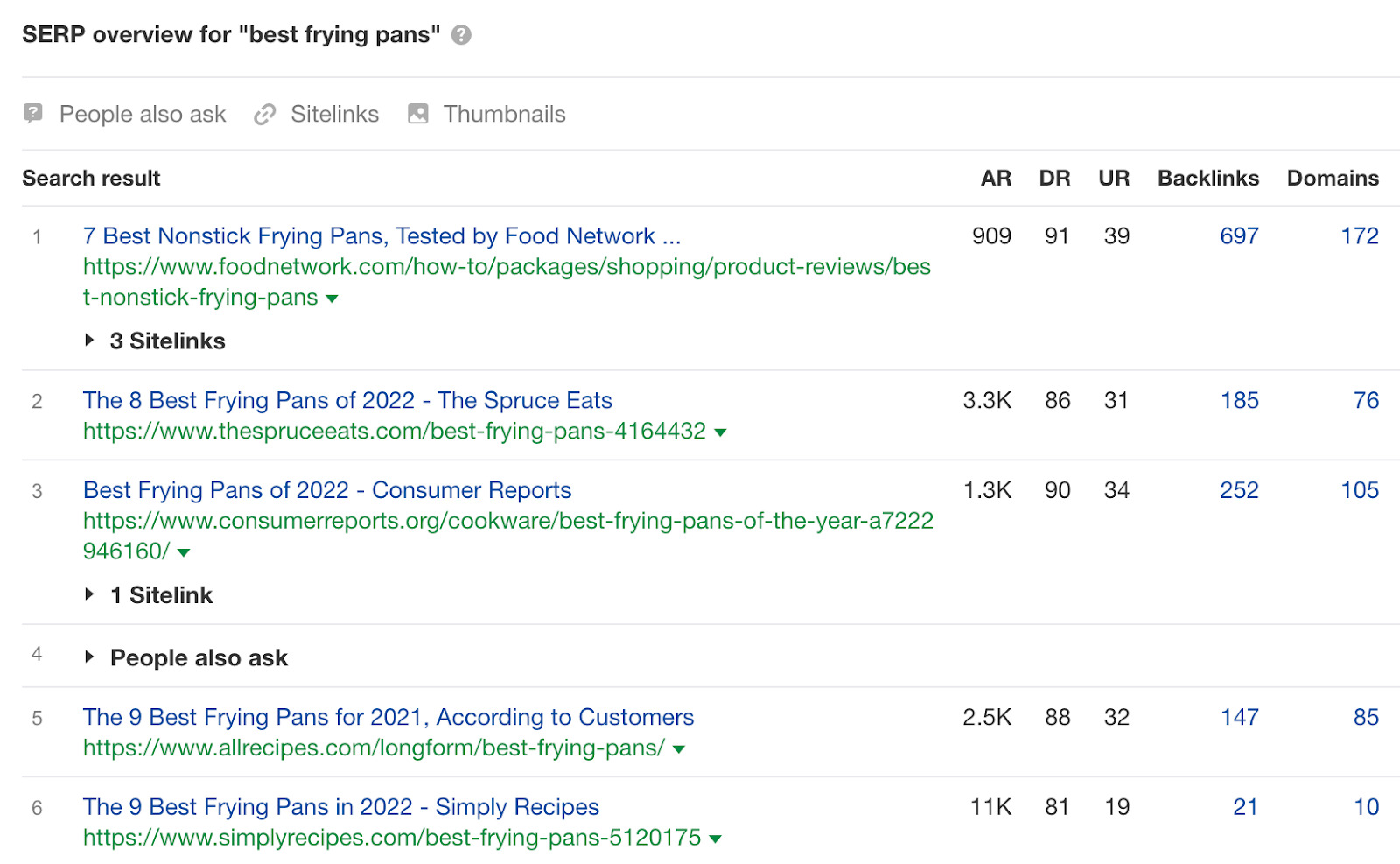
How to avoid this SEO mistake
1. Content type
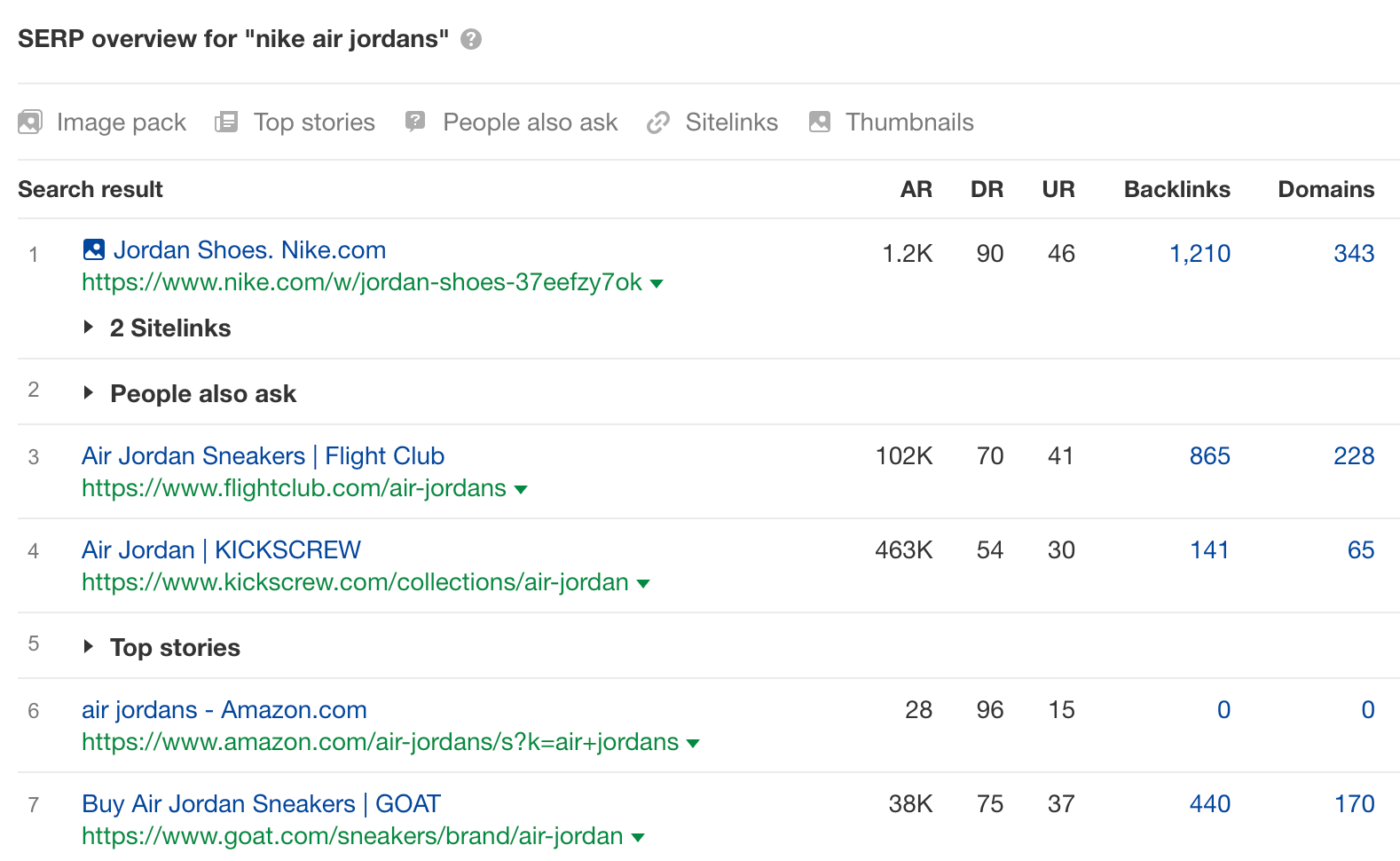
2. Content format
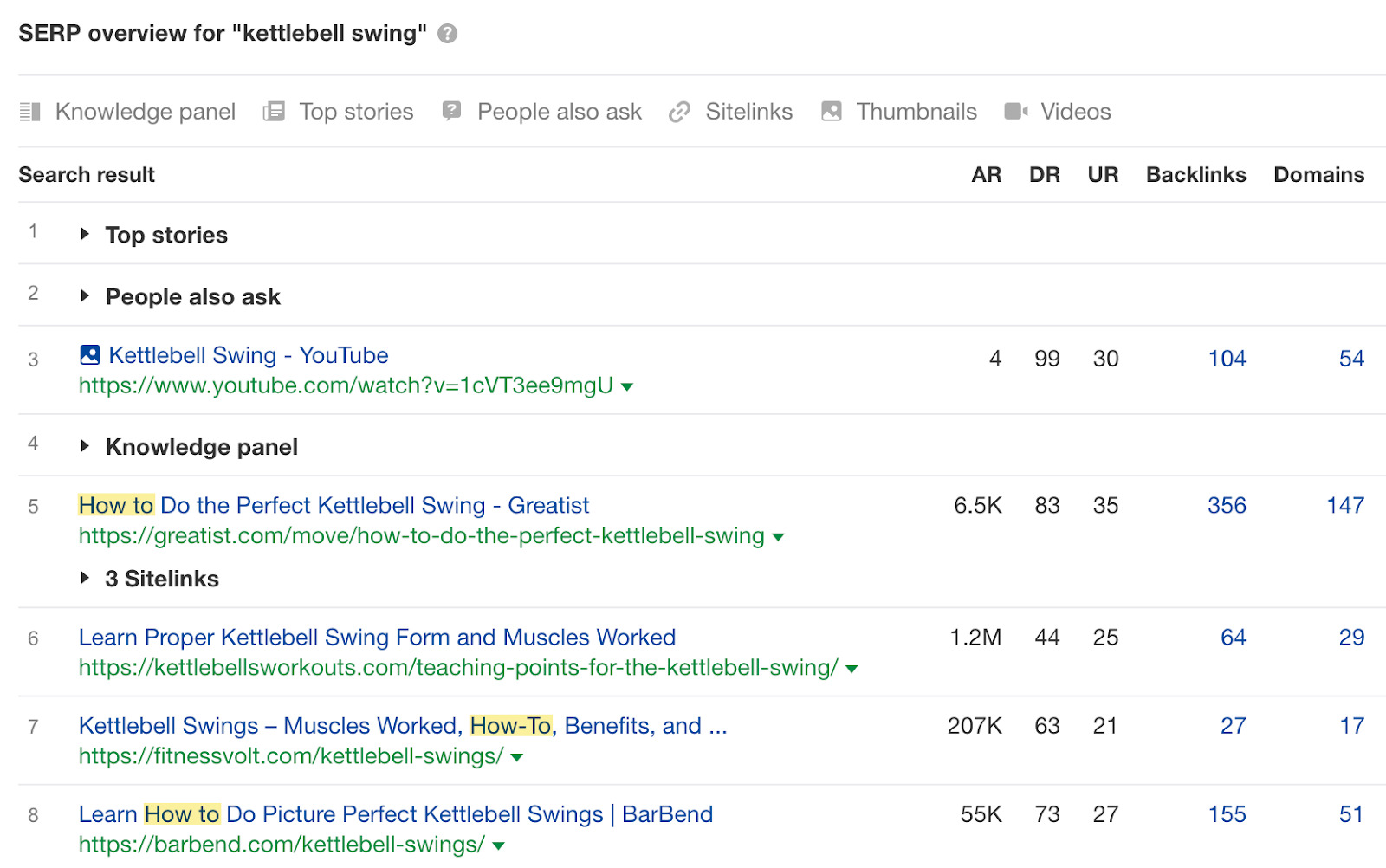
3. Content angle
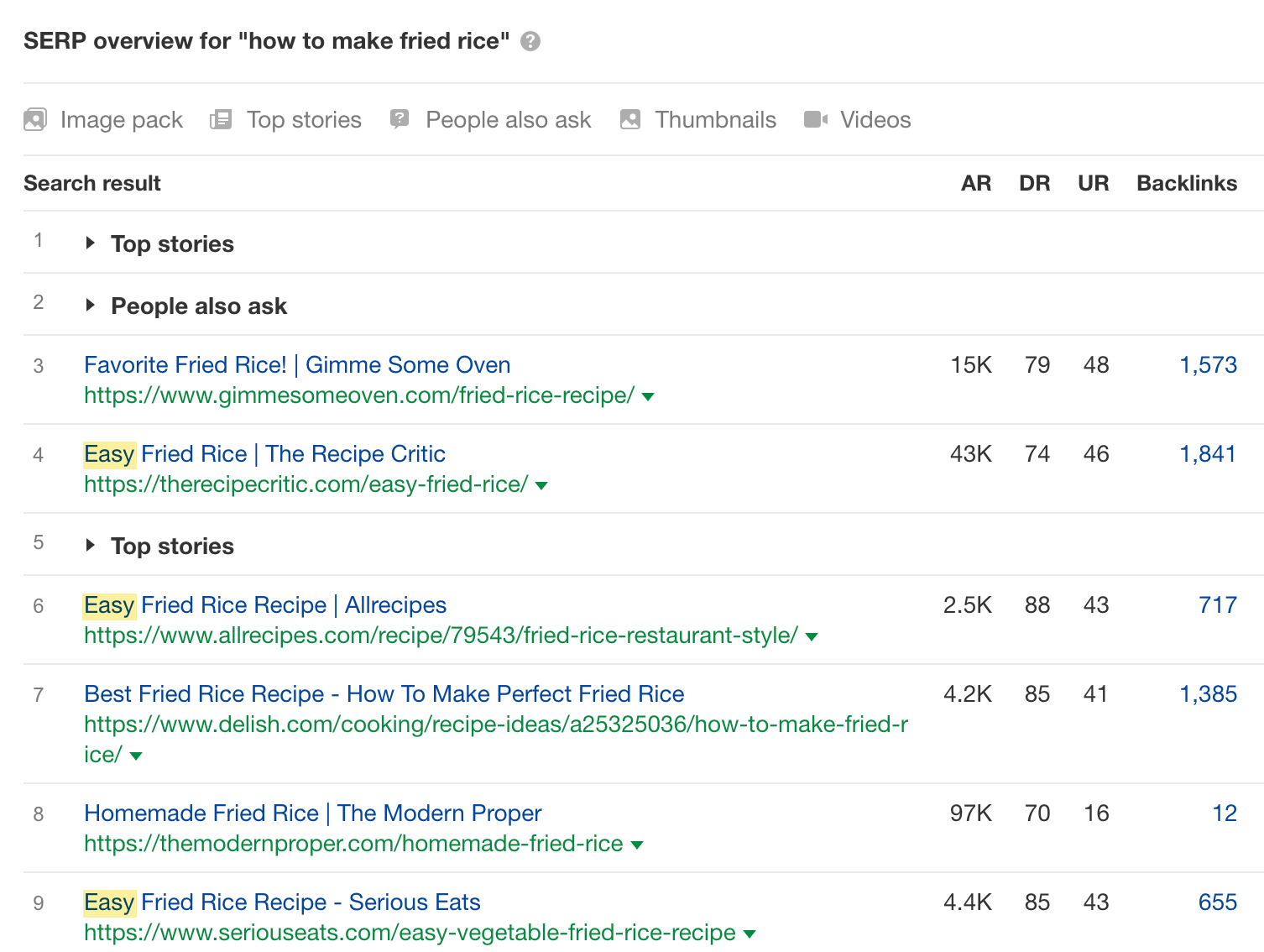
How to avoid this SEO mistake

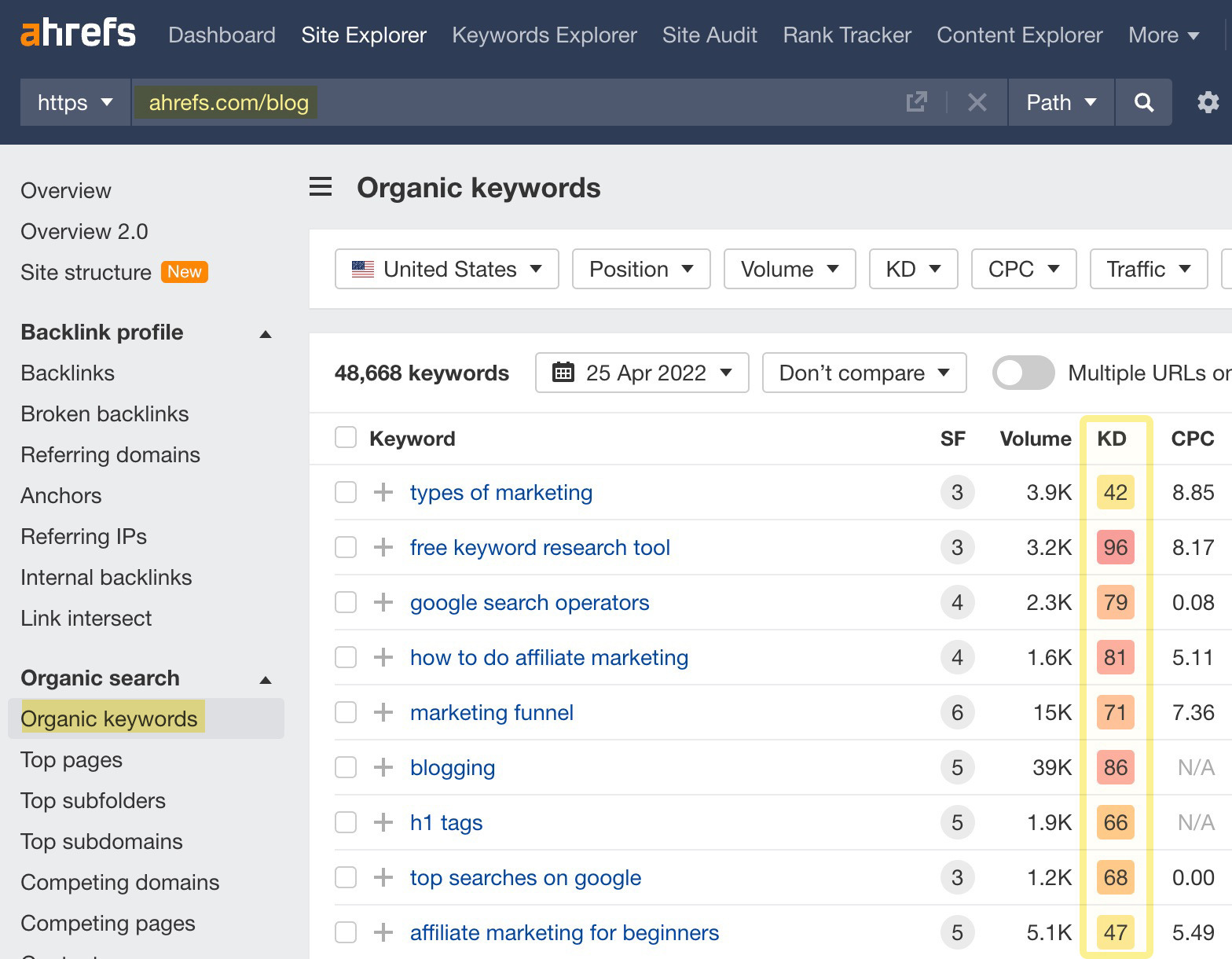

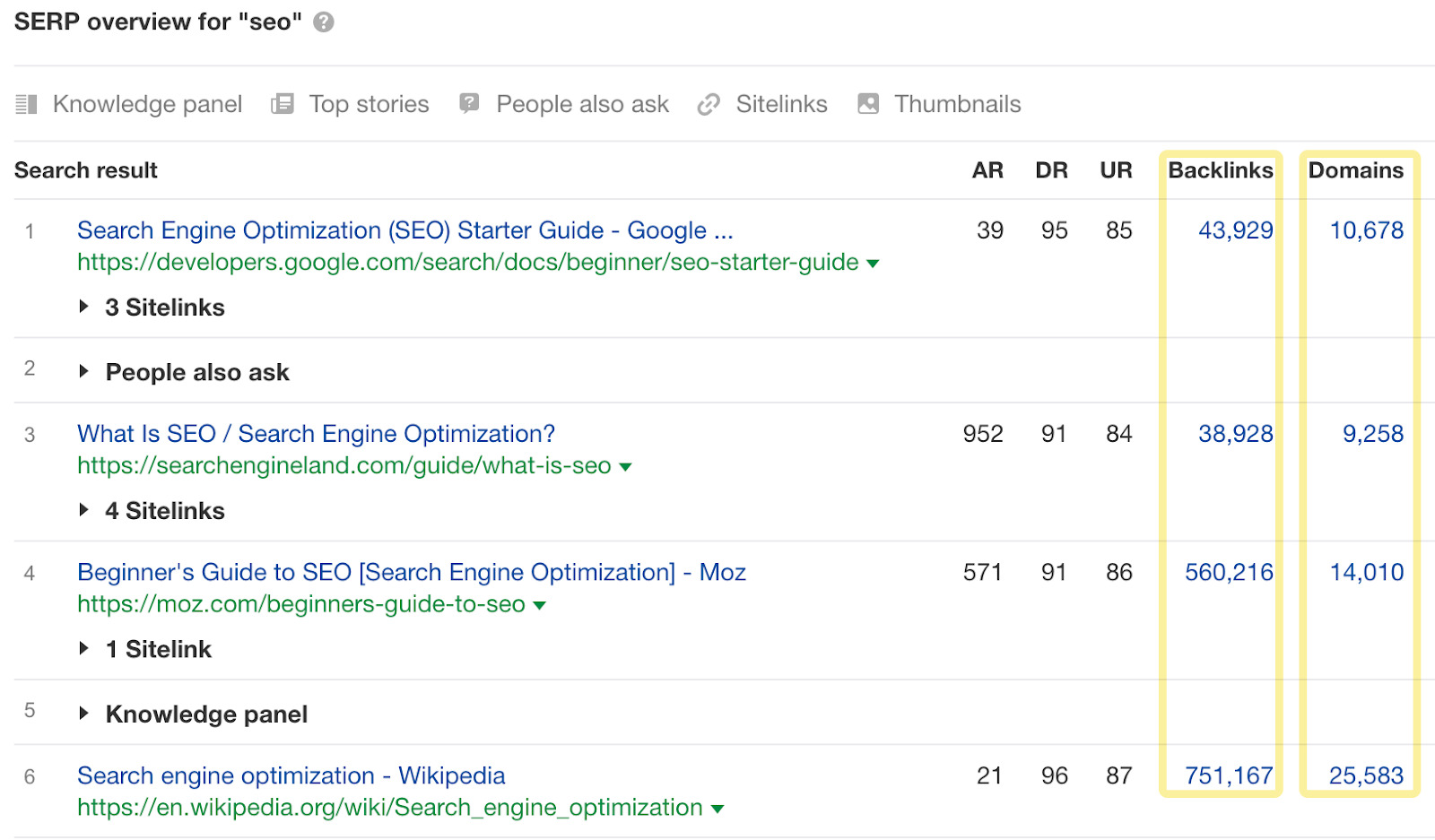
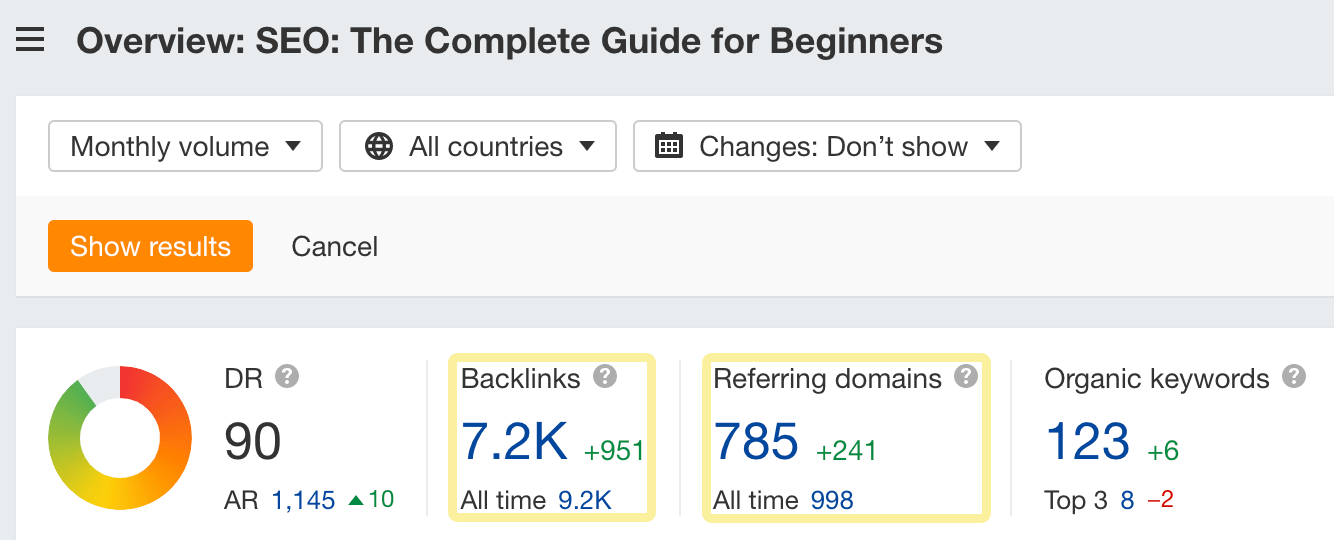
How to avoid this SEO mistake



How to avoid this SEO mistake
How to avoid this SEO mistake
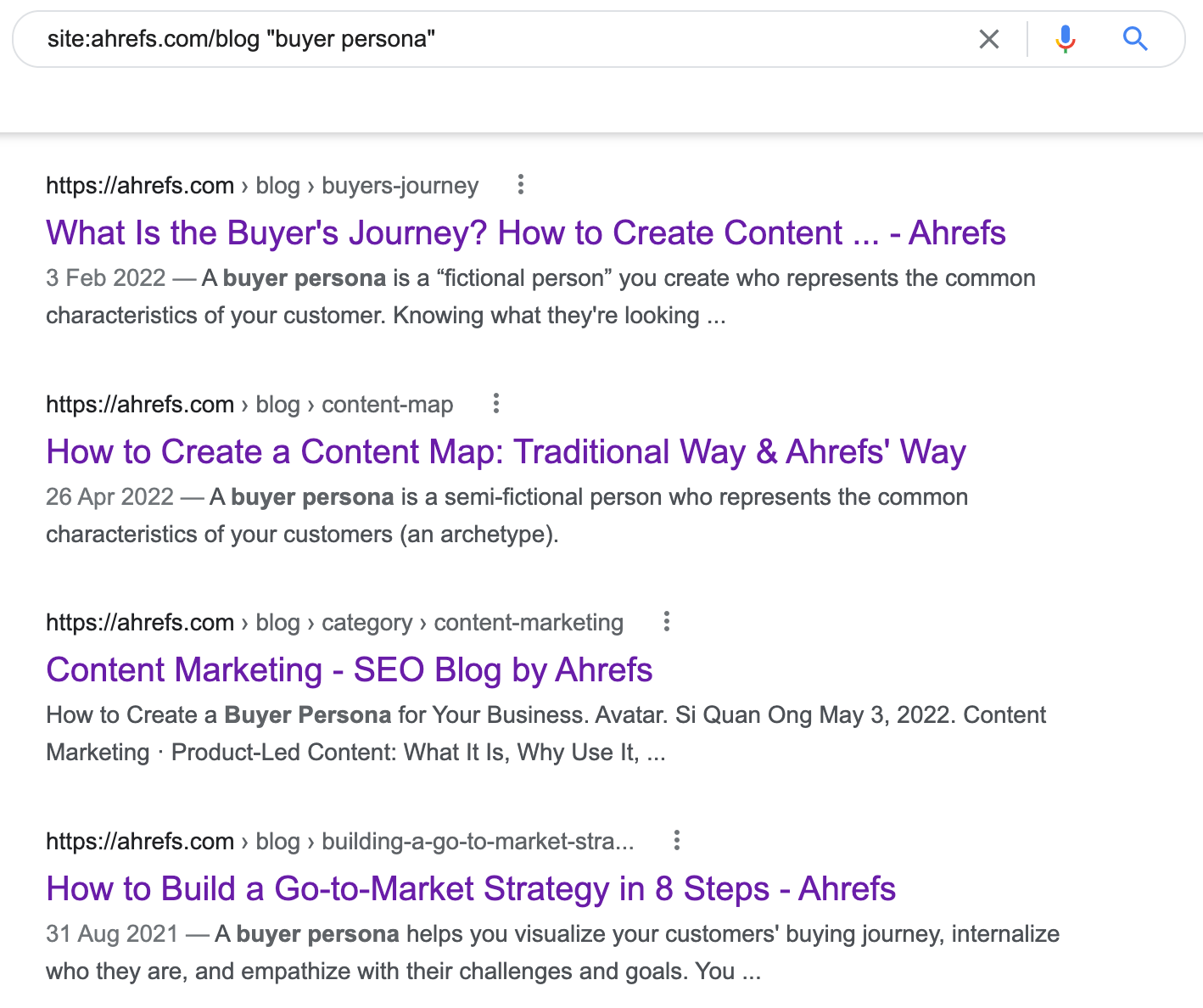

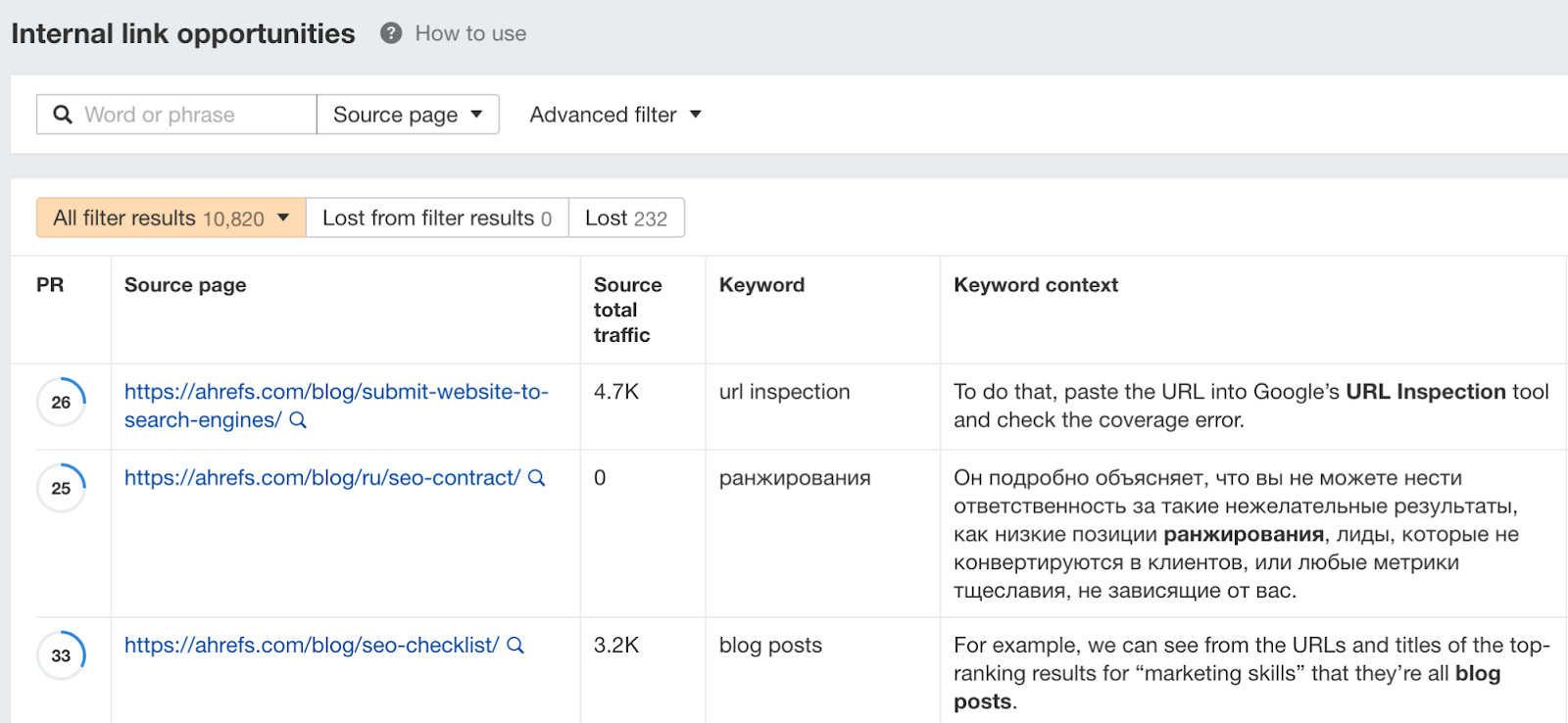
How to avoid this SEO mistake
Disallow: /
Disallow: /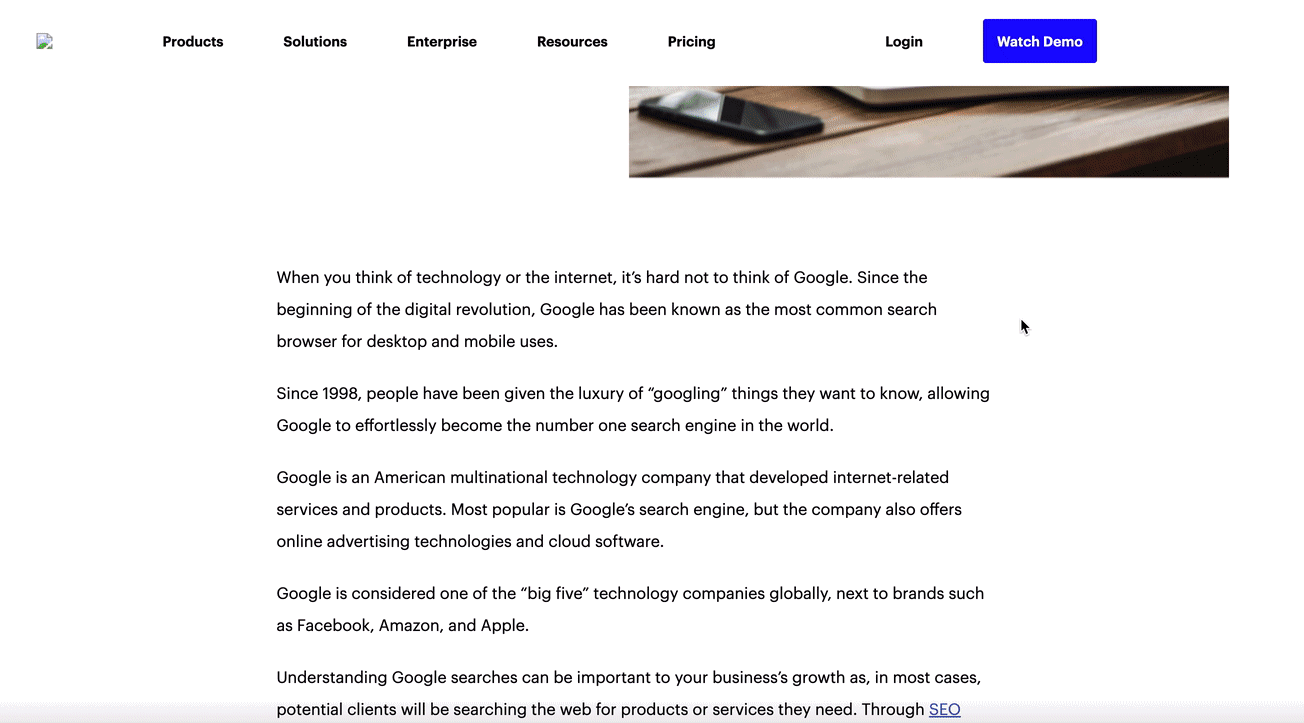
How to avoid this SEO mistake


How to avoid this SEO mistake

How to avoid this SEO mistake
Keep learning

 KickT
KickT 








